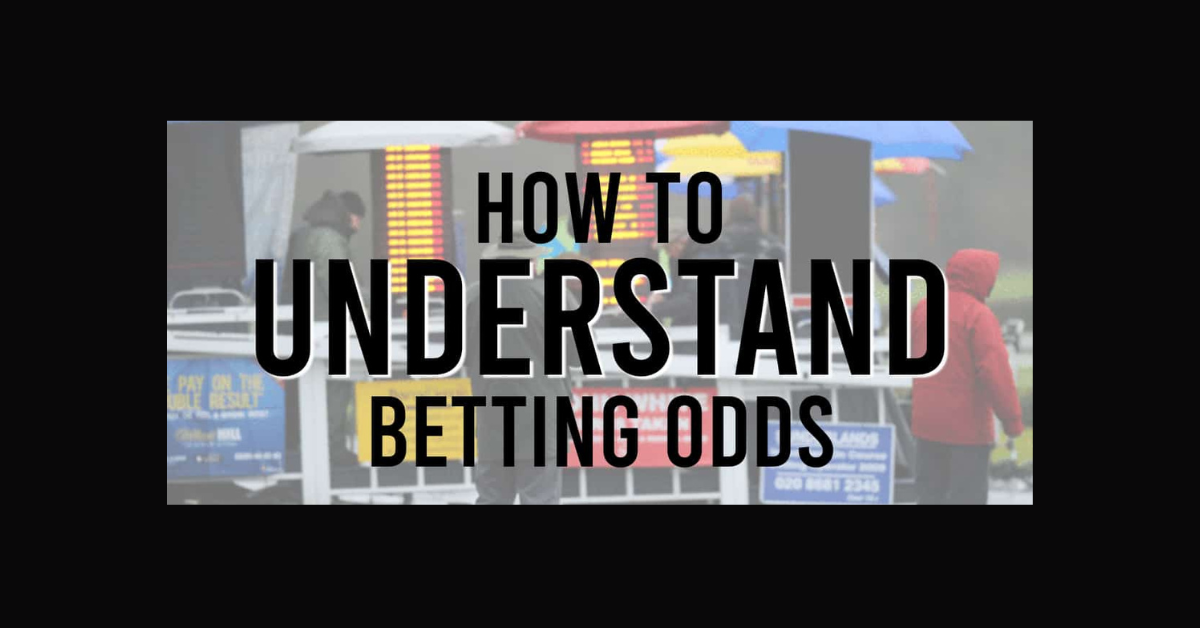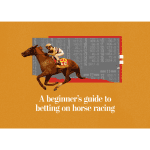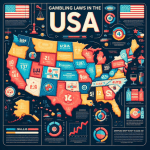Understanding Betting Odds in Horse Racing
Betting odds in horse racing are a numerical representation of the likelihood of a specific outcome. They indicate the return you can expect to receive if your bet is successful. Understanding these odds is crucial for making informed decisions when wagering on horse races.
In horse racing, odds can be displayed in three main formats: fractional, decimal, and moneyline. Fractional odds are the traditional format in the UK and are represented as a fraction (e.g., 2/1). Decimal odds are more common in Europe and show the total return you will receive including your stake (e.g., 3.00). Moneyline odds are popular in the United States and show how much you need to stake to win $100 (e.g., +200).
Different Types of Odds in Horse Racing
When it comes to horse racing, there are several different types of odds that bettors encounter. The most common types include fractional odds, decimal odds, and moneyline odds. Fractional odds are traditionally used in the UK and show the potential profit relative to the stake. For example, odds of 5/1 mean you would win $5 for every $1 you bet, plus your stake back if the bet is successful.
Decimal odds are popular in Europe and Australia, representing the total return rather than just the profit. An example would be odds of 3.00, which means that for every unit staked, you would receive a total of 3 units back if your bet wins. Moneyline odds, typical in the United States, show how much profit you will make on a $100 bet. Positive moneyline odds indicate how much profit you would make on a $100 stake, while negative moneyline odds represent how much you need to bet to make a $100 profit.
Calculating Potential Payouts from Betting Odds
To calculate potential payouts from betting odds in horse racing, it’s essential to understand how different odds formats work. In fractional odds, the first number represents the potential profit, while the second number indicates the stake required. For example, if a horse has odds of 5/1 and you bet $10, your potential profit would be $50, plus your initial $10 stake returned if the bet wins. Similarly, in decimal odds, your potential payout includes your stake, making it easier to calculate your total return. If a horse has odds of 6.00 and you bet $20, your potential return would be $120, including your initial $20 wager.
Converting odds into implied probabilities can also help in understanding potential payouts. By calculating the implied probability of each set of odds, you can determine the likelihood of a horse winning according to the sportsbook’s odds. For instance, if a horse has odds of 2/1, the implied probability would be 33.3%, meaning the horse is expected to win 33.3% of the time based on the odds. This knowledge can guide you in making informed betting decisions and comparing odds across different bookmakers to seek the best potential payouts.
Factors that Influence Betting Odds in Horse Racing
One of the key factors that influence betting odds in horse racing is the perceived strength of each horse. This includes factors such as past performance, current form, jockey skill, and trainer reputation. Horses with a strong track record and consistent performance are likely to have lower odds, reflecting the higher probability of them winning.
Another important factor that affects betting odds is the amount of money wagered on each horse. As more bettors place their money on a particular horse, the odds for that horse will decrease due to increased demand. Conversely, if a horse has fewer bets placed on it, its odds will increase as the perceived likelihood of it winning decreases. This dynamic nature of betting odds highlights the ever-changing nature of the betting market in horse racing.
Reading and Interpreting Betting Odds in Horse Racing
When looking at the betting odds in horse racing, it’s essential to understand the information they provide. Odds represent the likelihood of a horse winning a race, with lower odds indicating a higher probability of winning and higher odds suggesting a lower chance of winning. For example, if a horse has odds of 3/1, it means there is a 25% chance of winning the race.
Interpreting betting odds also involves calculating the potential payout. The potential payout can be determined by multiplying the amount wagered by the odds ratio. For instance, if you bet $10 on a horse with odds of 5/1, your potential payout would be $50 (calculated by multiplying $10 by 5). Understanding how to read and interpret betting odds can help you make informed decisions when placing bets on horse races.















